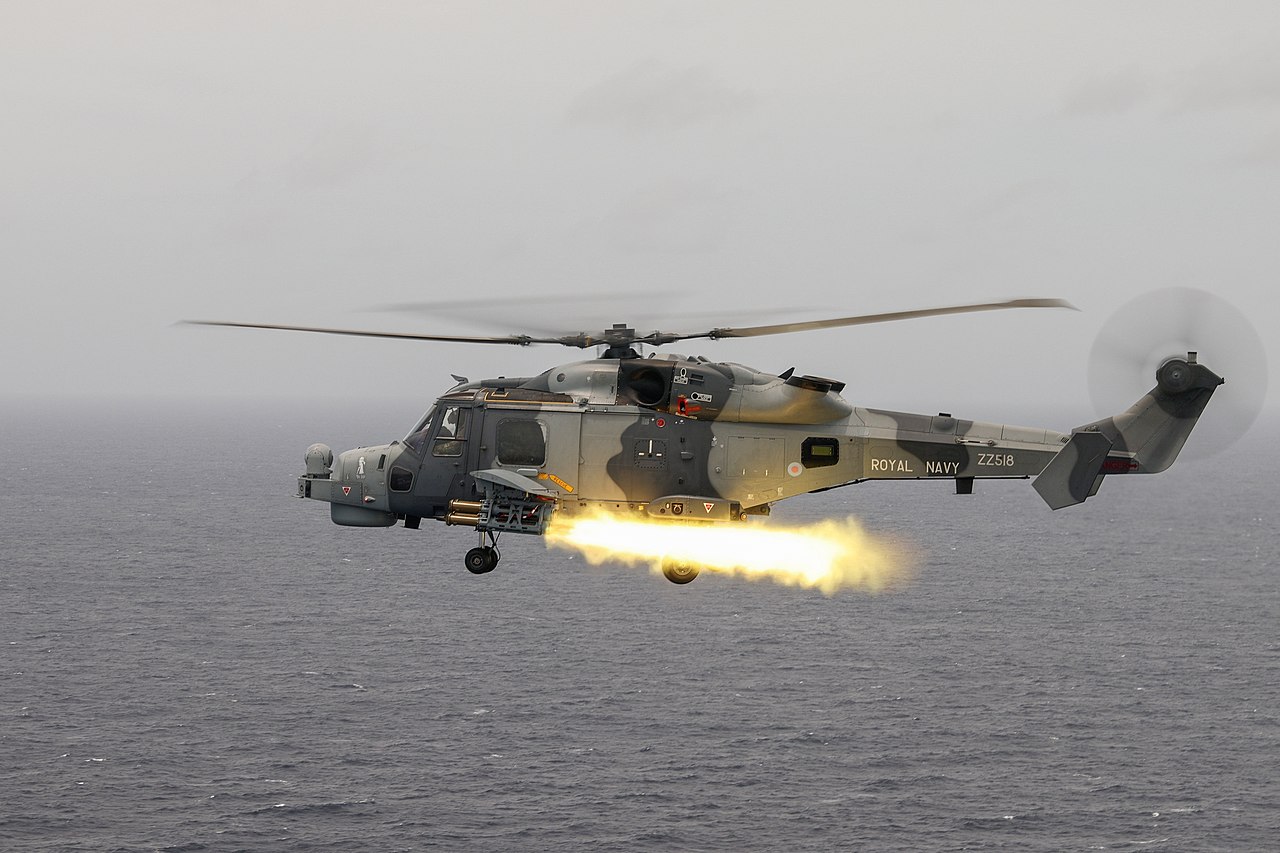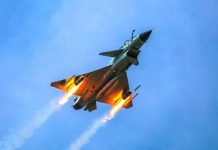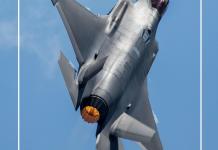Following the UK Prime Minister Keir Starmer’s meeting with his Indian counterpart Narendra Modi in Mumbai, the UK announced a deal with India to supply Lightweight Multirole Missile (LMM) systems to the Indian Army.
The deal is being projected as part of efforts to forge a broader complex-weapons partnership between the two nations.
Interestingly, the British MoD statement also claims that the deal will give a significant boost to the British defence industry and secure 700 jobs at a factory that currently makes the same weapons for Ukraine.
The Surprise In The Deal
DRDO has repeatedly claimed that it has achieved self-sufficiency in missiles.
It is developing missiles, radars, and mobility vehicles spanning the entire spectrum of missile systems.
Where, then, was the need for spending $468 million to acquire the LMM (Lightweight Multirole Missile)?
Before attempting to answer the question, it is imperative to fully appreciate what India is acquiring.
LMM innovations
The LMM differs conceptually from other missiles in that it is designed to engage targets that pose a threat, whether they are on the ground, in the air, or travelling over water.
The LMM is a low-cost, portable, and versatile missile that can be used as a surface-to-air, air-to-air, surface-to-surface, and air-to-surface weapon. It can engage low-observable aerial threats such as loitering munitions or reconnaissance drones, small boats, and lightly armoured mobility vehicles.
Besides versatility of use, the LMM’s operational strengths additionally include affordability and a low logistics footprint. It plugs a gap between small guided rockets and full-size missile systems.
Thales and partners have also explored longer-range loitering/munition derivatives and “free-fall” variants (glide-bomb adaptations) that reuse the LMM airframe for different employment profiles.
Missile Features
The LMM, aka “Martlet,” features a jam-resistant guidance system that uses inertial navigation for mid-course guidance and semi-active laser homing (SALH) for terminal engagement. A proximity sensor triggers warhead detonation.
Warhead and fuzing are reportedly optimised for both blast-fragmentation and shaped-charge effects depending on the variant.
The missile is powered by a dual-pulse solid-propellant rocket motor that gives it a flight speed of up to Mach 1.5 (about 1,830–1,835 km/h) at sea level. The missile’s high speed helps it accurately ride the laser beam emitted by the optical-electronic sighting system, increasing lethality.

Operational Deployment In Ukraine
The UK operationally tested the Martlet in Ukraine; it supplied an initial batch of Martlet missiles almost immediately after the 2022 invasion.
The first public evidence of the missiles in Ukrainian hands dates to April 2022, but formal UK ministerial announcements of bulk deliveries came later—most notably 6 September 2024 (650 LMMs announced) and major procurement/financing packages in March–July 2025 for thousands more.
Thousands of missiles have been supplied to Ukraine so far to meet urgent air-defence needs and to scale up the UK’s manufacturing capacity.
SALH Advantages
The Martlet has proven very effective during the course of the Ukraine war. For example, Russian attack helicopters such as the Mi-28NB and Ka-52M feature the L-370 “Vitebsk” integrated airborne self-protection suite.
It is designed to detect, confuse, and—where possible—break the lock of both infrared (IR)-guided and radar-guided missiles, allowing the aircraft to survive in heavily contested, short-range air-defence environments.
Notably, those suites offer no guaranteed defence against a SALH homing missile. To counter the Martlet, which can engage targets up to about 8 km, Russian attack helicopters are forced to use longer-range weapons like the Vikhr-1 and Kh-38 (LMUR / Izdeliye-305) from distances of 10+ km, staying clear of the Martlet’s engagement envelope.
Since SALH requires laser illumination of the target, which may not be practical in all weather conditions, Thales additionally offers an IIR terminal seeker option.
Indian Acquisition
India is acquiring the Martlet for use by the Indian Army. It is likely that the initial acquisition will be limited to the ground-launched variant of the missile.
The Royal Navy has integrated the Martlet with AW159 Wildcat helicopters and inducted the missile into service; the helicopter can launch multiple missiles from its wing/pylon launchers.
The possibility exists that the Indian Army may later adopt the helicopter-launched variant for air-to-ground and air-to-air roles.
The missile has also been trialled from unmanned platforms and from land/vehicle launchers.
Indian Options
India appears to be purchasing high-value, precision weapon systems from the West that can give it an edge in a short war or skirmish.
The strategy seems aimed at reassuring Western partners while deterring short-term adventurism by adversaries such as Pakistan.
In a long-term conflict, India would need to rely on a range of domestically developed and mass-produced drones capable of striking surface targets such as small boats, lightly armoured vehicles, and battlefield drones.
Hopefully, the Martlet purchase is a one-time procurement aimed at plugging an immediate capability gap, with no domestic production envisaged. Investing in domestic production of the missile would represent an overzealous pursuit of the Atmanirbharata (self-reliance) paradigm.
The Martlet represents a conceptual innovation rather than a technological advance far beyond Indian capabilities. Had DRDO pursued the Martlet concept earlier, it could have developed a similar weapon system; given time and funding, DRDO can still develop a Martlet analogue.
The Martlet system’s success is largely attributable to its use of SALH guidance. However, relatively simple modifications to defensive suits on attack helicopters can reduce Martlet’s advantages.
Most importantly, weapon systems that require human participation in guidance have a short operational lifespan.
Technology is advancing rapidly. It is likely that AI-enabled autonomous weapons with machine vision will represent the next high ground where weapons technology pauses before scaling new heights.
- Vijainder K Thakur is a retired IAF Jaguar pilot, author, software architect, entrepreneur, and military analyst.
- Follow the author @vkthakur




